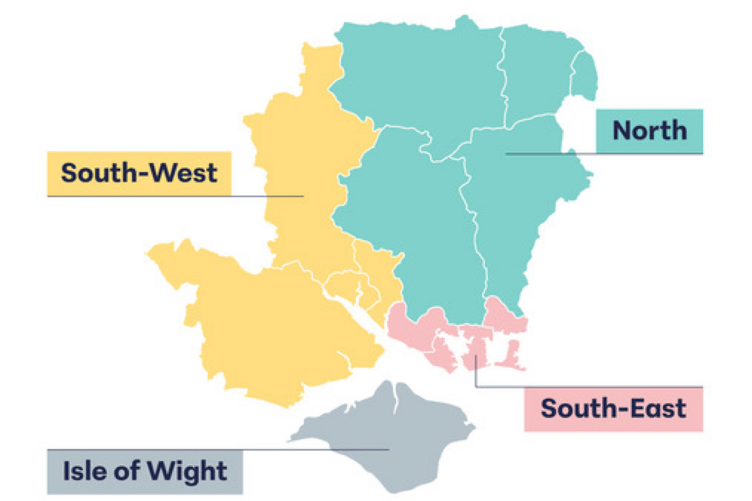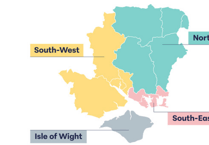Borough councils have criticised a county’s suggestions for local government reorganisation.
The Government is asking councils in Hampshire to reduce the number of local authorities by creating larger unitary authorities, each covering a population of around 500,000 people.
This would mean replacing councils like Hampshire County Council and district councils, with larger unitary councils.
Councils across Hampshire and the Isle of Wight must submit final proposals for LGR to the government by September 26.

Next week, the full council will agree on the preferred option for restructuring in the region, which includes creating four unitary authorities:
North: Basingstoke and Deane, East Hampshire, Hart, Rushmoor, Winchester.
South-West: Eastleigh, New Forest, Southampton, Test Valley.
South-East: Fareham, Gosport, Havant, Portsmouth.
Isle of Wight.
However, a joint statement of the 12 districts and borough councils including the three unitary of Southampton, Portsmouth and the Isle of Wight said the county’s proposal “risks creating remote, oversized councils, cut off from the places and people they serve”.
They added: “Our communities deserve better.”
The 12 councils said that a single county-wide approach “can’t reflect the needs of such a diverse area”
They added: “Local democracy needs more than ‘token localism’ HCC’s plan for district area panels and locality teams within super-sized councils isn’t enough risks creating powerless talking shops.
“Communities need genuine decision-making power at neighbourhood level, with frontline councillors supported to lead and shape local priorities.”
Leader of Hampshire County Council, Cllr Nick Adams-King, said there is no “single right answer” to LGR and that any proposal needs to be backed up by “rigorous analysis, grounded in objective data, and above all, protects the most vulnerable members of our communities”.
He added said: “Our proposal gives equal weight to place, quality, and financial resilience. I fully respect that others may place a stronger emphasis on local identity and sense of place—and that perspective is valid.
“Ultimately, this is about delivering what works best for residents—especially those who rely most on essential services. We must avoid creating structures that set councils up to fail, leaving residents to bear the cost.”
According to the administration, the option was shortlisted in line with the government’s criteria to minimise “service disaggregation and maintain expected population levels”.
It added that this option could deliver £48.6 million of savings to the region.
If the full council agrees next week, a public and stakeholder engagement program will be launched between July and August, with a final submission due by September 26, 2025.





Comments
This article has no comments yet. Be the first to leave a comment.